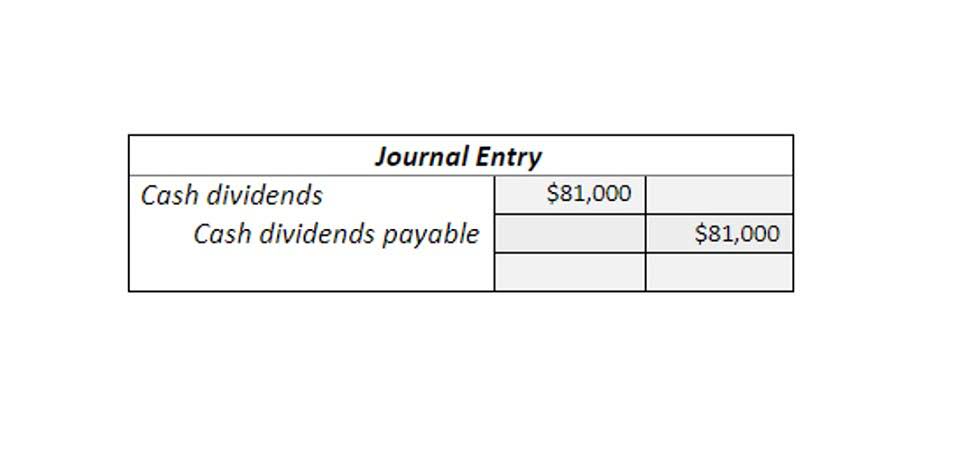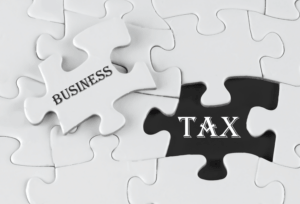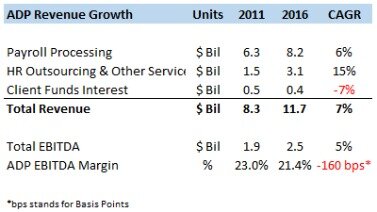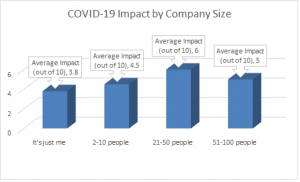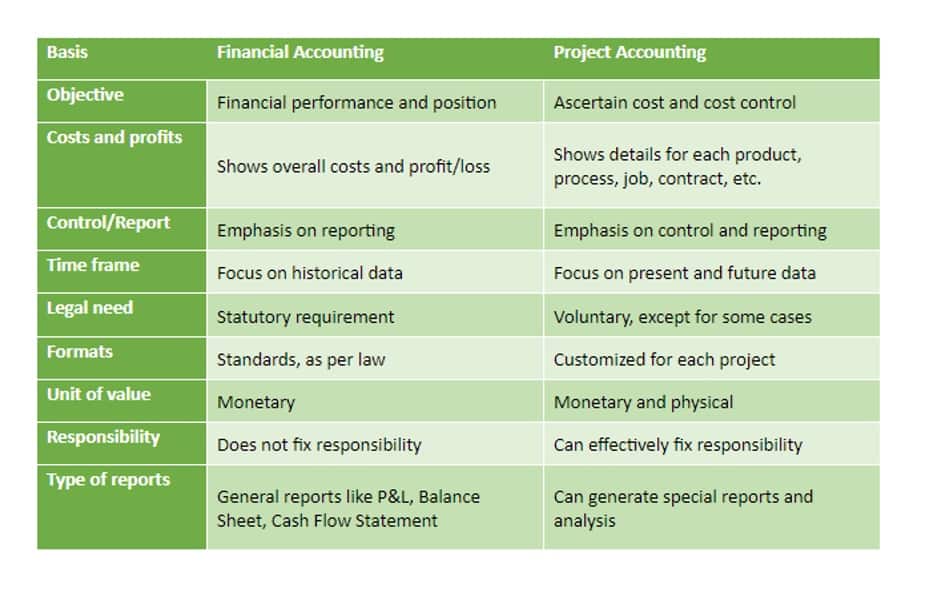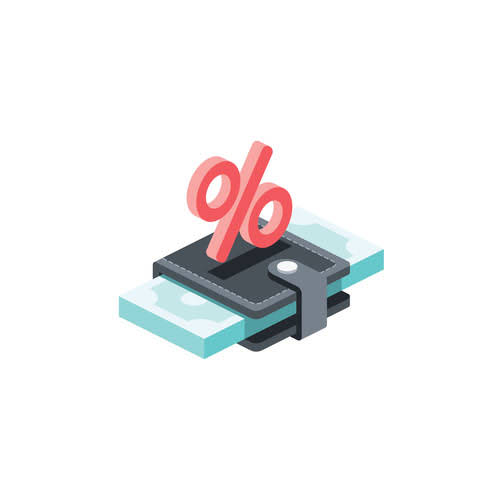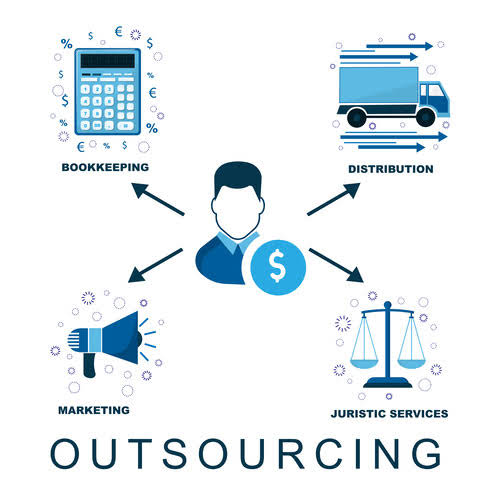Content
Refereed to as a work in progress, a work in process or a WIP, this part of the overall inventory is an asset. In order to properly account for partially completed work, a business needs to determine the ending work in process inventory at the end of each accounting period. Work in process is also a useful measure for management, because it provides a tool for tracking production flow and costs. The term work-in-progress (WIP) is a production and supply-chain management term describing partially finished goods awaiting completion.
The inventory of unfinished work is calculated by determining the total number of units in progress, the materials and labour costs to complete those units, and the cost per unit. A company’s work in process inventory flow is a critical part of its supply chain. It’s the process that determines how quickly a company can produce and deliver its products to the customers. The workflow process can be optimised by sourcing from the right supplier. Work-In-Progress (WIP) is an accounting entry on a company’s balance sheet referring to the money spent on materials, processes, and labor to manufacture a product.
Work in Process and Work in Progress for effective supply chain management
For example, suppose XYZ Roofing Company provides its residential clients’ bids for roof repair or replacement. Each roof is a different size and will require specific roofing equipment and a varying number of labor hours. In a bind, a company will find it much easier to liquidate work in process items. Though these goods are incomplete and still require some work to become finalized goods, the timespan in doing so is much shorter than work in progress goods. In addition, the market may be more willing to buy work in process goods outright if they are for standardized goods. On the other hand, work in progress assets are usually treated as long-term assets.
What does work in process include?
What is included in work in progress inventory? Work-in-process costs include all raw materials and labor needed to manufacture the final product. Calculating WIP inventory is complicated because it requires an assessment of the cost of labor and overhead associated with the percentage of work completed.
Therefore, the value taken out of the WIP account when you complete a production order will equal the value that went into WIP to produce that order. For some, work-in-process refers to products that move from raw materials to finished products in a short period. In accounting, https://www.apzomedia.com/bookkeeping-startups-perfect-way-boost-financial-planning/ inventory that is work-in-progress is calculated in a number of different ways. Typically, to calculate the amount of partially completed products in WIP, they are calculated as the percentage of the total overhead, labor, and material costs incurred by the company.
Managing Work in Process: Best Practices for Optimal Workflow
Sometimes, we struggle with what to call them before they become finished products. In order to avoid unwanted multitasking during production, so-called Work in Process limits have been introduced. For example, in automotive companies such a limit may be the number of cars that enter the production line. If realistically only two cars can leave it, there is no point in letting 10 units onto it. Importantly, there should be one task for each person or each stage of the project – only after that task is completed, can the next activities proceed.
The terms work-in-progress and finished goods are relative terms made in reference to the specific company accounting for its inventory. It’s incorrect to assume that finished goods for one company would also be classified as finished goods for another company. For example, sheet plywood may be a finished good for a lumber mill because it’s ready for sale, but that same plywood is considered raw material for an industrial cabinet manufacturer. The difference between WIP and finished goods is based on the inventory’s stage of relative completion, which, in this instance, means saleability. WIP refers to the intermediary stage of inventory in which inventory has started its progress from the beginning as raw materials and is currently undergoing development or assembly into the final product. Finished goods refer to the final stage of inventory, in which the product has reached a level of completion where the subsequent stage is the sale to a customer.
What is included in work in progress inventory?
Work in Progress is the term most often encountered in the context of supply chain management. It describes the cost of unfinished goods in the production process, which includes raw materials, labor and general expenses, among other things. Work in Progress is one of the most important elements featured on a company’s balance sheet. It reflects the value of products that are not finished at some intermediate stage of production, not including the value of raw materials that have not yet been used, but are necessary to complete the product. bookkeeping for startups describes products that go from raw materials to finished products in a short period of time. The term is sometimes used to refer to assets that require a significant amount of time to complete.
- COGM is found by tallying up the real costs from manufacturing orders as calculated or estimated by the production management tool, whether it’s MRP/ERP software, spreadsheets, or a pen-and-paper approach.
- It’s incorrect to assume that finished goods for one company would also be classified as finished goods for another company.
- We then apply our clever little sayings on them with glaze and throw them back in the kiln.
- They instead use something called “standard cost”, which is the calculated cost of the finished item based on the “expected” costs.
- The term work-in-progress (WIP) is a production and supply-chain management term describing partially finished goods awaiting completion.
For example, you have something on the shop floor that you’ve done something to, but you still have more things to do to it before it is a finished item. If it weren’t for computerized MRP / ERP inventory systems and accountants, that simple description would probably hold true. The term work in progress (WIP) describes inventory that is partially finished and currently amid the production cycle. In contrast, Work-In-Progress refers to a production process that requires a longer time frame. ABC has five workers on its assembly line and they are each paid an annual salary of $40,000. Too many items classified as WIP and not as many items in the finished goods stage is a sign of inefficiency on the production floor.
For example, you can adjust your production schedule, capacity, or resources to match customer demand and expectations. You can also streamline your production process, enhance your quality control, improve your inventory management, and engage your employees. These optimization actions can help you prevent defects, reduce rework and scrap, reduce excess or obsolete stock, and provide training, feedback, or incentives. Knowing how to accurately calculate WIP inventory can impact your balance sheet. If your business offers highly customized products, then it’s important to understand how WIP inventory works, what goes into the cost, and how to calculate it at the end of the accounting period. This will give you a sense of COGS based on how much it costs to produce and manufacture finished goods.
Most merchants calculate their WIP inventory at the end of a reporting period (end of quarter, end of year, etc.), and are looking for their “ending WIP inventory”. To calculate ending WIP inventory, you need beginning WIP inventory, which is the previous reporting period’s ending WIP inventory. Be mindful of acronyms when analyzing a company’s financial statement, as it is common for both terms to be shortened to “WIP.” On transactions using WIP, you must identify a WIP location for line items.
Report
As additional billings are incurred, the value of the work in progress account increases. A company may choose to determine the asset’s fair market value (FMV) assessment as part of its annual financial reporting requirements. For example, consider a 40-story skyscraper that is 75% complete; it may be warranted for a company to recognize additional financial benefits beyond costs as a FMV adjustment. The approach involves a stage level regulation of WIP, which also serves as the means of sequencing production at the workstations. Therefore, it avoids the proliferation of WIP that has been identified as a hindrance to the application of Kanban control in high product mix manufacturing environments.
